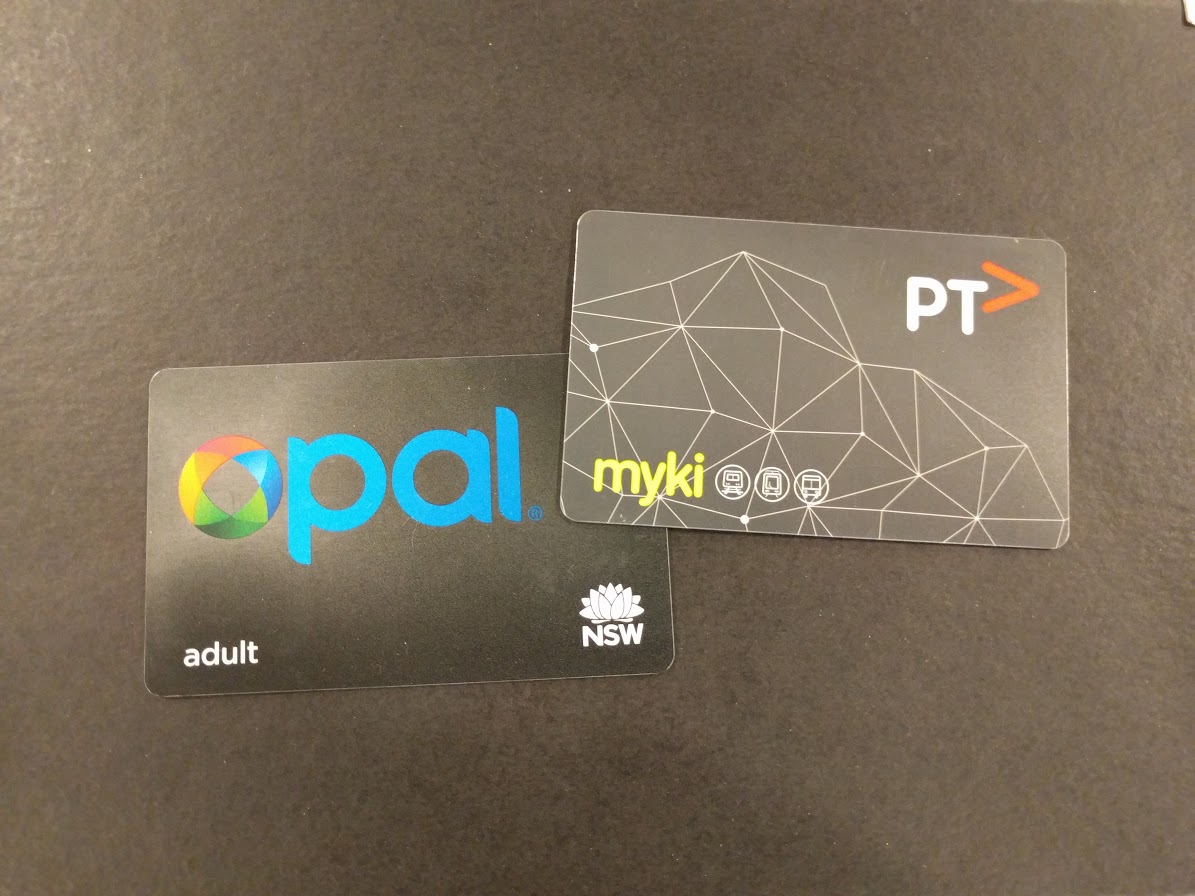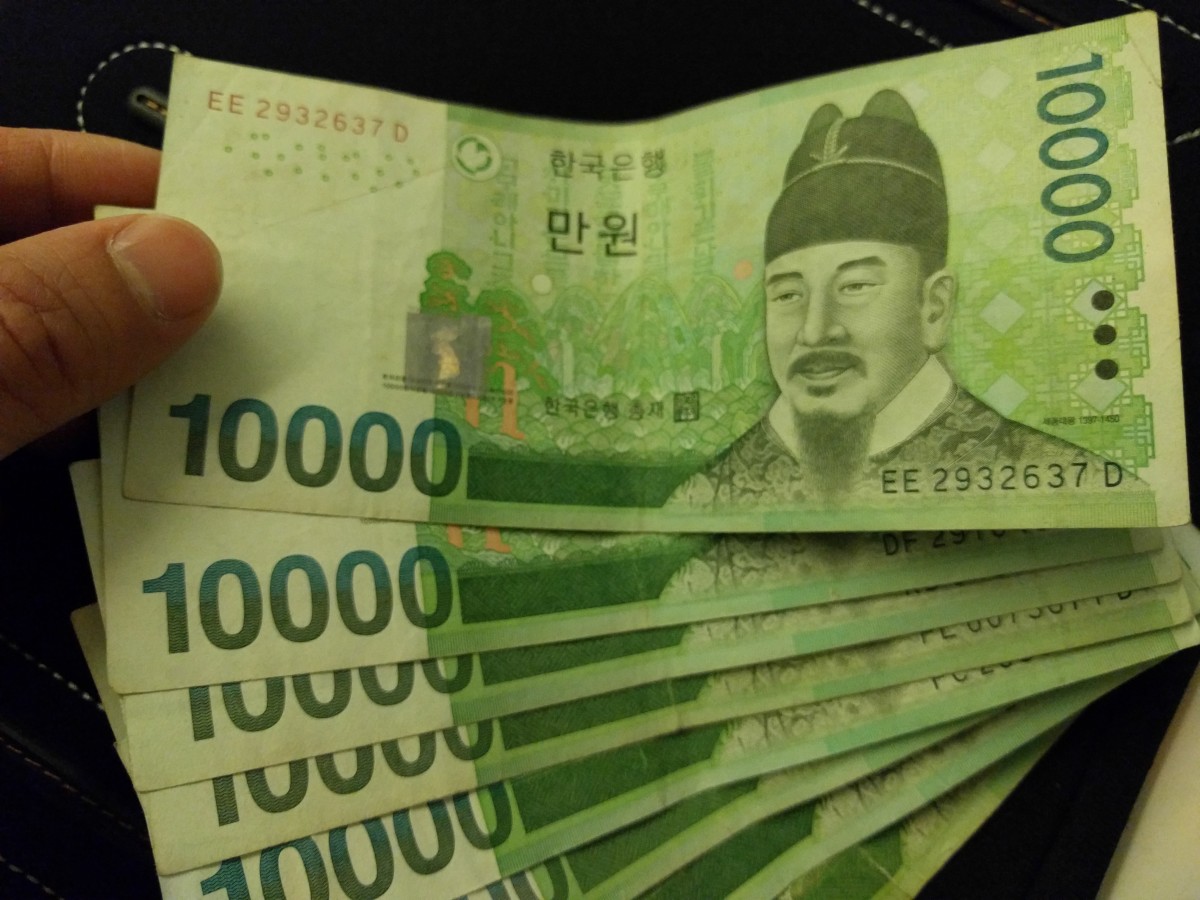So, clearly I’ve fallen (very) behind on these spending summaries, considering Kait and I are back in Vancouver now. I still think they might be useful for people considering trips to these locations though, so I plan to write one for each country that we visited.
We spent 23 nights in Australia, and we anticipated it would be the most expensive country we would travel through. Let’s see if that held true. (As with the other finance posts, all costs are given in Canadian Dollars unless otherwise specified).
- Accommodations: $1,325.87
- Food: $1,311.98
- Transportation: $1,490.16*
- Activities: $409.83
- Souvenirs: $156.80
- Telecommunications: $28.98
So, why the asterisks next to transportation? Well, that’s because I decided to exclude (a painful, $695AUD worth of) speeding tickets from that total. I’ll save the speeding tickets for their own “special” post. All I’ll say here is don’t go over the posted speed limits in Australia, ever. I’ve been driving for almost 16 years and by my estimates, driven around 300,000km. In that time, I’d accumulated a total of 3 speeding tickets costing me $600 (2 in Canada, 1 in the US). In 6 days of driving in Australia, for under 3,000km, I doubled my lifetime total number of tickets and more than doubled my total cost.
Okay, with that out of the way, let’s take a look at how the costs compared to the other countries we’d visited so far (average cost per day).

Accommodations
We spent 23 nights in Australia, and although our average per night cost was only slightly higher than in Japan, we spent 12 nights staying with friends and family. So in actuality, when we paid for accommodations, the cost per night averaged $120.53. This far exceeds our accommodation costs in Japan, which averaged $76.79 when we weren’t hosted by family.
Sydney is an expensive place to live in. Real estate is increasingly unaffordable to the average household. It was actually somewhat interesting overhearing random bits of conversations around Sydney which sounded just like conversations you overhear in Vancouver about real estate. Interestingly though, or accommodation costs in Sydney were quite reasonable and we found a nice hotel for under $100/night. The small motels during our road trips, and accommodations at the resort city of Cairns, was what pushed up our average cost per night.
Food
No surprises here when it came to food costs in Australia. Prices are slightly higher than in Canada, but nothing is too outrageous. Even when the price seems high, it’s not so bad when you take into account tax is included (and there isn’t the same tipping culture in Australia as there is in North America). A small (i.e. small drink/fries) Big Mac meal was $9.85.
Transportation
Here’s where the costs get a little bit more interesting. Starting with the intracity spending, most of our costs here came from airport transfers and transit fares within cities. Sydney has a decent transit system in the city centre along with trains that go out into the suburbs. Melbourne has a large network of street cars which were nice but felt pretty dated compared to the large subway networks in Asia that we were used to.
Getting to and from the city centres in Melbourne and Sydney were also quite convenient. Melbourne Airport had a bus that runs frequently between the airport and Southern Cross station, along with free hotel transfer if your hotel is in the CBD. They advertise free WiFi on board but it didn’t work both times we took the bus. It’s $19AUD one way (no discount for return tickets). Sydney is even more convenient with the AirportLink train. It takes you from the airport to several different stops in the CBD, and you can use the Opal Card which will work on all the other city wide transit options. The exact fare depends on where you’re going, but it’ll be less than $19AUD.
Our intercity travel costs came exclusively from 2 domestic flights we took. We flew from Adelaide to Cairns on JetStar which cost $212.68/person, and we flew from Brisbane to Sydney on Tiger Air which cost $82.79/person.
The remainder of our travel costs came from the Car Rentals. I included all car related costs such as gas and parking here as well. We drove from Melbourne to Adelaide and from Cairns to Brisbane. Both rentals were from Hertz and the car rentals themselves worked out to be $67.61AUD/day. I was pretty happy with the costs of renting a car, but of course the speeding tickets kind of ruined the mood. (2 of the 3 tickets came from speeding cameras by mail, so we didn’t find out about those until later).
Souvenir
As with the other countries, I like to save coins and banknotes from the places I visit. Since I’d been to Australia before, there weren’t as many coins or banknotes I didn’t already have. It might interest you to know that Australia was actually the first country to introduce the modern polymer banknote in 1988. Canada followed suit in 2011, and actually contracts Note Printing Australia, a subsidiary of the Reserve Bank of Australia, to supply the polymer and security features of the new Canadian Banknotes.
Activities
The bulk of our activity costs came from a Great Barrier Reef tour while we were in Cairns. It was just under $200/person.
Telecom
My sister had a Cellular WiFi hotspot device which we activated while we were in Adelaide. Telstra was a pain to deal with though, and their pay as you go plans were difficult to understand. As much as I like to complain about Canadian Telcos (I’ve filed multiple complaints with the CCTS), I think Australia might be worse.
Miscellaneous
Not covered above is that Canadians (and pretty much everyone else I think) needs a Visa to enter Australia. You apply online for an “Electronic Travel Authority” and it gets linked to your passport. It costs $20AUD.
Our time in Australia was split with a week in New Zealand, which I’ll cover next. While it didn’t turn out to be more expensive than Japan on a per day basis, that was largely due to more of our accommodations being covered. Also, we spent a lot more on intercity travel while in Japan. If I were to compare two hypothetical trips to Tokyo and Osaka vs Sydney and Melbourne, I would guess that you would spend more in Australia.
(Originally Published August 8, 2016)










